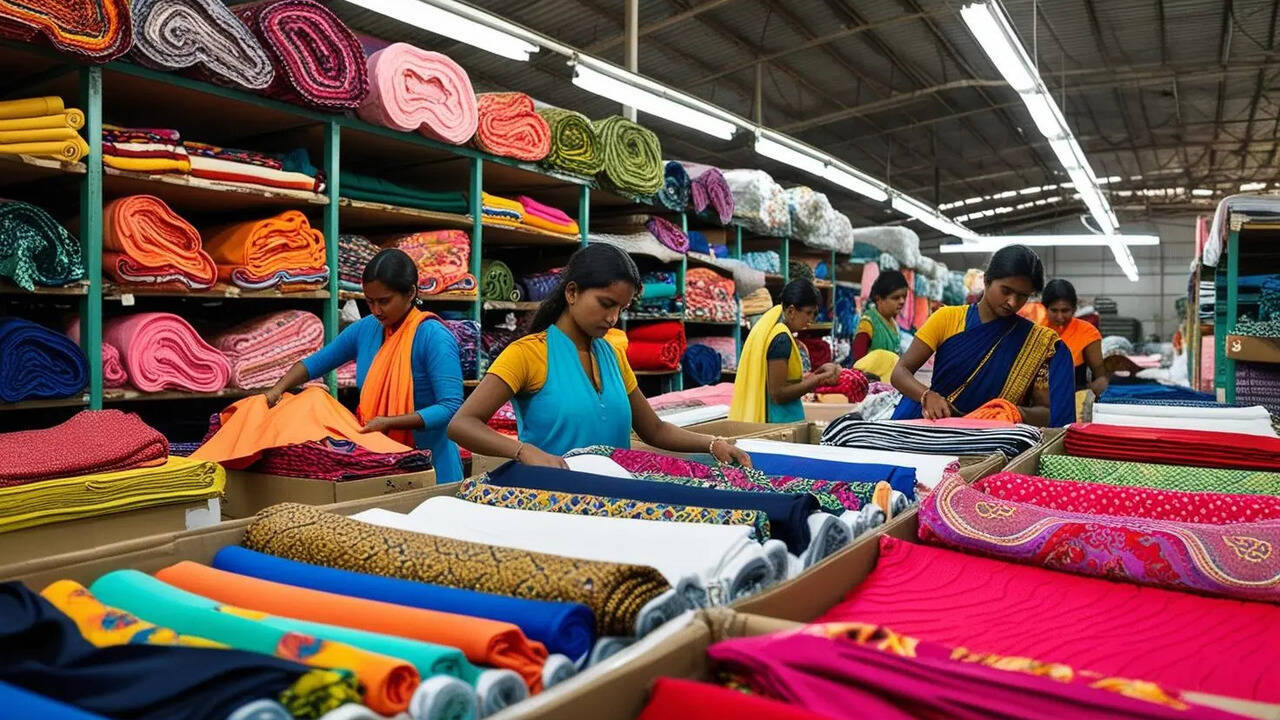
Cotton had enjoyed significant growth and prices for a while but the current status is that its consumption worldwide is on the downslide with China, India and Pakistan, the three of cotton’s largest customers, slow down on cotton requirement. As per recently released US Department of Agriculture (USDA) figures, China being the largest customer and importer is the industry barometer on the direction in which cotton heads and statistics reveal in China, consumption projected down one million bales this month to 35.5 million, marginally above the previous year but more than five million below two years prior. USDA cites many reasons such as declining supplies, downsizing of orders for yarn from fabric and apparel companies, lower profit margins for spinning mills and the overall higher inflation across the board.
China impacts the sector
Cotton-yarn imports into China plunged this year to its lowest level in a decade, sending exporting countries such as India on a hunt for alternative destinations. China is the world’s largest importer of cotton yarn from countries like India, Vietnam, Pakistan and Uzbekistan, as its own spinning mills do not produce enough to feed its apparel and textile industry. However, the value of China’s cotton-yarn imports declined 33.2 per cent in the first nine months of this year to $2.8 billion, from $4.3 billion in the same period last year, indicates the country’s customs data. The world’s second-largest economy accounts for more than 30 per cent of global apparel exports, and its major buyers are the European Union, US, Japan and Association of Southeast Asian Nations countries.
However, with Russia’s invasion of Ukraine, fuel and raw material prices have increased substantially. Annual inflation in the European Union was at 10.9 per cent in September and as costs for garment manufacturers and retailers have increased, consumers are spending less and retail sales have declined across Europe. China’s domestic apparel sales and cotton-product exports each fell by 5 per cent from January to September, reflecting the declining demand for the country’s apparel.
India experiences domestic downturn
As per Cotton Association of India (CAI) estimates, India’s domestic cotton demand for the 2022-23 season up to September is estimated to be lower by about 18 lakh bales (170 kg each) at 300 lakh bales or nearly 6 per cent less than last year’s 318 lakh bales. The association’s Cotton Crop Committee meeting attributed the decline in domestic consumption to a reduction in operations of mills due to slack demand for yarn and cloth. The cotton trade body said spinning mills operated at 40-60 per cent capacity in the first quarter, which may cause cotton consumption to drop in India for the year. India’s domestic cotton demand for the 2022-23 season up to September is estimated to be lower by about 18 lakh bales (170 kg each) at 300 lakh bales or nearly 6 percent less than last year’s 318 lakh bales.
Pakistan’s cotton crisis
In Pakistan, demand for cotton has dropped by 20 per cent to 12 million bales this year, compared to 15 million bales last year. The 40-year high inflation in the West, and a fear of recession, resulted in demand for Pakistan-made textiles dropping with textile manufacturers reporting a drop in exports. Without continuous availability of electricity and the inability to import cotton due to foreign currency crisis has led to a sizeable number of mills shutting down, thereby lowering consumption. As per experts, cotton will remain down in 2023 but not completely out as 2024 may see a new situation.












